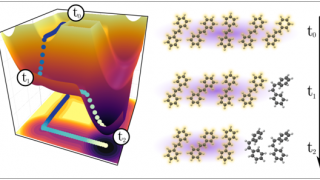
The Rise of Quantum Robots
Two of the hot topics in science an technology nowadays are related to Computer Science. They are Artificial Intelligence (AI) and Quantum Computing (QC). AI is a really old field, as humanity has dreamed of having autonomous machines for decades. Quantum Computing is not as old as AI. It is considered that the idea of […]








